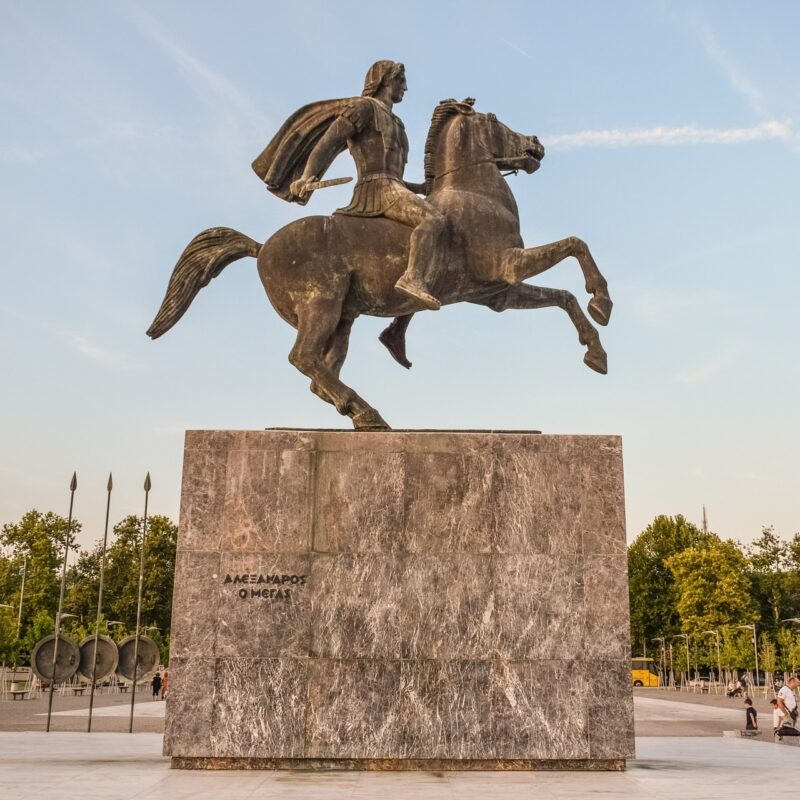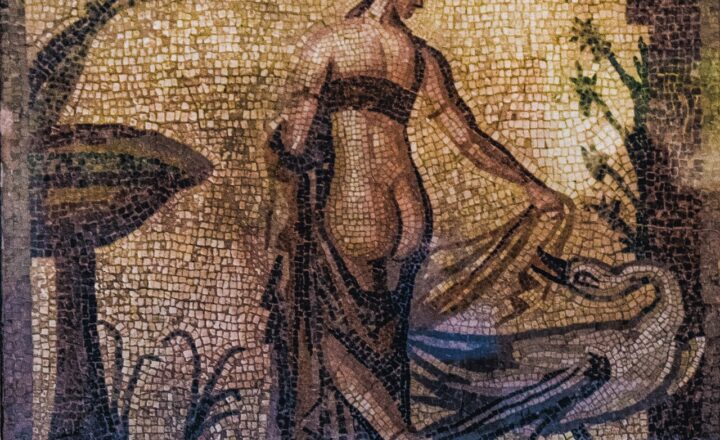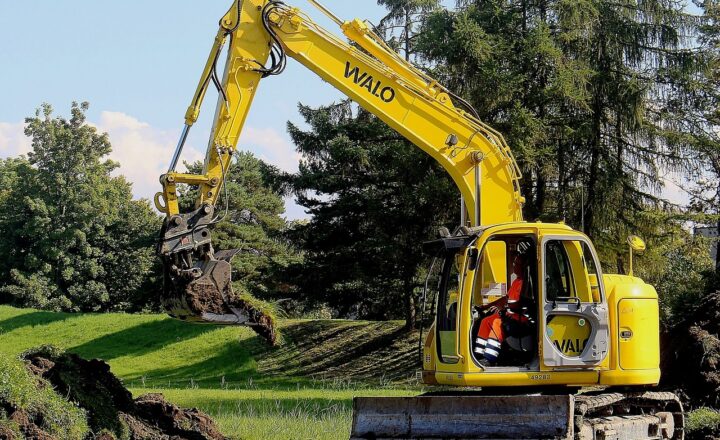The Lost Tomb of Alexander the Great: The Search for the Final Resting Place
November 15, 2024

Alexander the Great, one of history’s most noted leaders and conquerors, built an empire that stretched from Greece to northwest India. Behind his remarkable military achievements lies a question that has fueled both historical inquiry and popular imagination: where is his final resting place? For centuries, historians, archaeologists, and adventurers have searched for the lost tomb of this monumental figure, with myriad theories and discoveries raising both hopes and doubts. In this article, we will explore the life of Alexander the Great, the historical accounts of his burial, the mystery surrounding his tomb’s location, and the ongoing search that continues to intrigue people around the world.
1. The Life and Legacy of Alexander the Great
Alexander, the son of King Philip II of Macedonia, was born in 356 BC and became one of history’s most successful military commanders. By the age of 30, he had created one of the largest empires of the ancient world, stretching from Greece through Persia and into parts of India. His strategic brilliance in battle, alongside his relentless ambition, established him as a figure of legend.
His death in 323 BC at just 32 years old added another layer of intrigue to his already extraordinary life. Different accounts suggest he died from fever, possibly caused by malaria or typhoid, while others speculate he may have succumbed to poison. Regardless of the cause, his death marked a significant turning point in history, leading to the eventual fragmentation of his empire.
Alexander’s legacy lives on through his conquests, the spread of Hellenistic culture, and the cities he founded, such as Alexandria in Egypt, which became a pivotal center of learning and culture in the ancient world.
2. Historical Accounts of Alexander’s Burial
Following his death, a crucial concern arose among those close to him regarding how to honor the legendary conqueror. Historical sources indicate that Alexander was initially embalmed, and his body was placed in a golden sarcophagus. However, the precise details and location of his burial are shrouded in mystery.
According to ancient historians like Diodorus Siculus and Plutarch, his body was transported to Memphis, Egypt, where it may have been destined for tomb construction in Alexandria. The cities of Memphis and later Alexandria were significant centers for Hellenistic culture, making them suitable choices for resting places for such an esteemed leader.
Several historical accounts suggest that his tomb was a grand structure, adorned with elaborate decorations and monuments, symbolizing Alexander’s status. However, as centuries passed, the precise location became obscure, leading to numerous debates and theories.
3. Theories About the Lost Tomb
The search for Alexander’s tomb has given rise to many theories throughout the ages, each more curious than the last. A few of the most prominent locations include:
- Alexandria, Egypt: Many scholars believe that Alexander was eventually interred in Alexandria. The city became a major cultural hub, and it was here where several accounts pointed to a tomb of great splendor. Notably, numerous archeological expeditions have attempted to locate the burial site in the vast catacombs of Alexandria, but success has remained elusive.
- Siwa Oasis (The Oracle of Amun): Some historians speculate that Alexander’s remains were taken to Siwa Oasis, where he had consulted the Oracle of Amun. This site held spiritual significance, as Alexander was proclaimed the son of Zeus-Amun during his visit here, and may have served as a fitting resting place for him.
- Macedonia: The suggestion that Alexander could be buried in Macedonia has gained traction, particularly with the discoveries of several royal tombs in the region. These tombs bear striking characteristics that align with descriptions from antiquity related to Alexander’s burial, though conclusive evidence is yet to be found.
Each theory has led to archaeological digs, expeditions, and studies, but despite these efforts, the tomb remains undiscovered, fueling further intrigue.
4. Archaeological Efforts and Discoveries
An array of archaeological endeavors has sought to locate Alexander’s final resting place, each yielding distinctive findings but not conclusive evidence. Some noteworthy moments in the search include:
- The 19th Century Discovery of Tombs: Excavations in Alexandria during the 1800s led to the unearthing of several tombs that heightened enthusiasm around finding Alexander’s tomb. However, these discoveries were later identified as belonging to other individuals and not to Alexander himself.
- The 2004 Discovery in Alexandria: In 2004, a team of archaeologists uncovered a site in Alexandria that was believed to have been part of a significant burial complex. While the evidence was intriguing, it was concluded to be from a later period than Alexander’s death.
- Recent Ground Penetrating Radar Surveys: Modern technology has allowed researchers to employ ground-penetrating radar to explore potential burial sites in and around Alexandria. Some promising anomalies suggest possible structural formations, leading to speculation about undiscovered tombs, including Alexander’s. However, these findings still require extensive verification through excavation.
The interplay of hope, skepticism, and historical imagination in these searches continues to shape the narrative of Alexander’s tomb.
5. Cultural Impact and Ongoing Searches
The search for Alexander the Great’s tomb has not only become a matter of historical inquiry but has fostered a rich tapestry of cultural dialogue and narrative. From legendary tales to cinematic portrayals, Alexander’s lost tomb symbolizes the quest for meaning and closure in our understanding of history.
This endeavor captivates archaeologists, historians, and enthusiasts alike, inspiring explorations related to ancient civilizations and the diffusion of cultures. Even today, with every new finding, the possibility of rediscovering Alexander’s tomb remains a tantalizing topic of conversation.
Archaeological teams continue to collaborate with universities and research institutions, seeking to merge historical knowledge with advanced methodologies in exploration.
Conclusion
The search for the lost tomb of Alexander the Great is not just about finding a burial site; it represents a collective curiosity about a figure who has influenced various domains of human thought and principles. The journey to uncover the tomb continues to provoke inquiries that stretch beyond mere curiosity—daring to ask profound questions about legacy, memory, and the foundations of history itself. Whether his final resting place remains hidden or is eventually discovered, the tomb embodies elements of mystery that will likely remain enthralling for generations to come.
While the efforts to identify the specific location of Alexander’s tomb may not yield definitive answers today, the fascination persists. It serves as a testament to the timeless allure of the past and our unyielding desire to unravel its mysteries.






